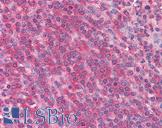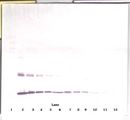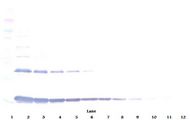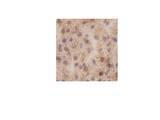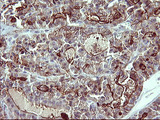Login
Registration enables users to use special features of this website, such as past
order histories, retained contact details for faster checkout, review submissions, and special promotions.
order histories, retained contact details for faster checkout, review submissions, and special promotions.
Forgot password?
Registration enables users to use special features of this website, such as past
order histories, retained contact details for faster checkout, review submissions, and special promotions.
order histories, retained contact details for faster checkout, review submissions, and special promotions.
Quick Order
Products
Antibodies
ELISA and Assay Kits
Research Areas
Infectious Disease
Resources
Purchasing
Reference Material
Contact Us
Location
Corporate Headquarters
Vector Laboratories, Inc.
6737 Mowry Ave
Newark, CA 94560
United States
Telephone Numbers
Customer Service: (800) 227-6666 / (650) 697-3600
Contact Us
Additional Contact Details
Login
Registration enables users to use special features of this website, such as past
order histories, retained contact details for faster checkout, review submissions, and special promotions.
order histories, retained contact details for faster checkout, review submissions, and special promotions.
Forgot password?
Registration enables users to use special features of this website, such as past
order histories, retained contact details for faster checkout, review submissions, and special promotions.
order histories, retained contact details for faster checkout, review submissions, and special promotions.
Quick Order
| Catalog Number | Size | Price |
|---|---|---|
| LS-C745229-100 | 100 µl (1 mg/ml) | $567 |
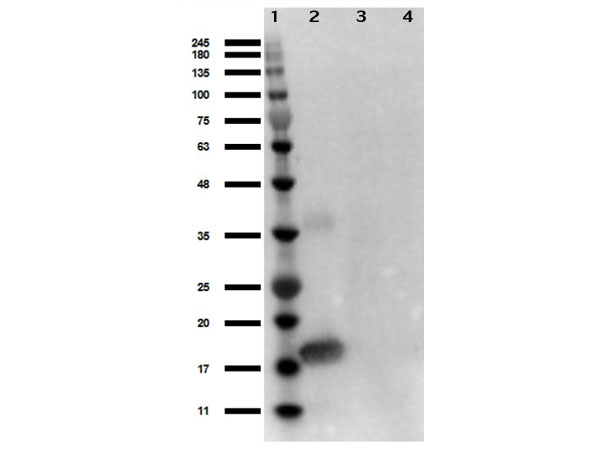
Polyclonal Rabbit anti‑Human IL1A / IL‑1 Alpha Antibody (IHC, WB) LS‑C745229
Polyclonal Rabbit anti‑Human IL1A / IL‑1 Alpha Antibody (IHC, WB) LS‑C745229
Antibody:
IL1A / IL-1 Alpha Rabbit anti-Human Polyclonal Antibody
Application:
IHC, WB, Flo, ELISA, Neut
Reactivity:
Human
Format:
Unconjugated, Unmodified
Toll Free North America
 (800) 227-6666
(800) 227-6666
For Research Use Only
Overview
Antibody:
IL1A / IL-1 Alpha Rabbit anti-Human Polyclonal Antibody
Application:
IHC, WB, Flo, ELISA, Neut
Reactivity:
Human
Format:
Unconjugated, Unmodified
Specifications
Description
IL-1 Alpha antibody LS-C745229 is an unconjugated rabbit polyclonal antibody to human IL-1 Alpha (IL1A). Validated for ELISA, Flow, IHC, Neut and WB.
Target
Human IL1A / IL-1 Alpha
Synonyms
IL1A | Hematopoietin-1 | IL-1 alpha | IL1 | IL1-ALPHA | IL1 Alpha | Interleukin-1 alpha | IL-1A | IL1F1 | Pro-interleukin-1-alpha | Preinterleukin 1 alpha | Interleukin 1, alpha
Host
Rabbit
Reactivity
Human
(tested or 100% immunogen sequence identity)
Clonality
IgG
Polyclonal
Conjugations
Unconjugated
Purification
DEAE fractionation
Modifications
Unmodified
Immunogen
The whole rabbit serum used to produce this IgG fraction antibody was prepared by repeated immunizations with recombinant human IL-1a produced in E.coli. The MW of the recombinant IL-1a was 17,000. This is the cleavage site generated by the IL-1b converting enzyme (ICE, capase-1).
Specificity
This antibody is primarily directed against the 17,000 MW human IL-1a and is useful in determining its presence in various assays. In general, this antibody also detects primate IL-1a in the same formats using similar dilutions. The antiserum does not recognize human IL-1b or Mouse or Rabbit IL-1a. In ELISA formats and other immunoreactive assays, this antibody will recognize both the mature 17,000 MW IL-1a as well as the 31,000 MW IL-1a precursor in either non-denatured (native) or denatured samples. Unlike the IL-1b precursor, the native precursor of IL-1a is recognized by the antibody produced to the 17,000 MW form. The 31,000 precursor of IL-1a is biologically active and is found primarily intracellularly. The precursor of IL-1a, unlike that of IL-1b, is biologically active when applied to cells and is thought to have a role as a functional molecule intracellularly and can be found constitutively expressed in various cell. This antibody is also useful for neutralization of human and primate IL-1a activity in bioassays. It does not neutralize the biological activity IL-1b. It does not neutralize the biological activity of mouse, rat or rabbit IL-1a. It will neutralize primate IL-a. For neutralization, it is recommended to incubate the sample with a 1:100 dilution of the antibody for at least 4 hours before being tested. A control of similarly diluted normal rabbit IgG is recommended. This antibody can be used for FACS analysis. Caution should be exhibited as the F( c) domain of the rabbit IgG molecule may interact with cells non-specifically.
Applications
- IHC (1:100 - 1:200)
- Western blot (1:500 - 1:2000)
- Flow Cytometry
- ELISA (1:1000 - 1:5000)
- Neutralization
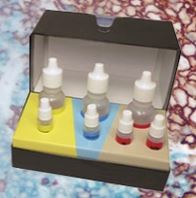
|
Performing IHC? See our complete line of Immunohistochemistry Reagents including antigen retrieval solutions, blocking agents
ABC Detection Kits and polymers, biotinylated secondary antibodies, substrates and more.
|
Usage
Applications should be user optimized.
Presentation
0.02 M Potassium Phosphate, pH 7.2, 0.15 M NaCl, 0.01% Sodium Azide
Storage
Store vial at -20°C or below prior to opening. Dilute 1:10 to minimize loss. Store the vial at -20°C or below after dilution. Avoid freeze-thaw cycles.
Restrictions
For research use only. Intended for use by laboratory professionals.
About IL1A / IL-1 Alpha
Publications (0)
Customer Reviews (0)
Featured Products
Species:
Human
Applications:
IHC, IHC - Paraffin, Western blot, ELISA
Species:
Human
Applications:
IHC, IHC - Paraffin, Immunofluorescence, Western blot
Request SDS/MSDS
To request an SDS/MSDS form for this product, please contact our Technical Support department at:
Technical.Support@LSBio.com
Requested From: United States
Date Requested: 4/15/2025
Date Requested: 4/15/2025

